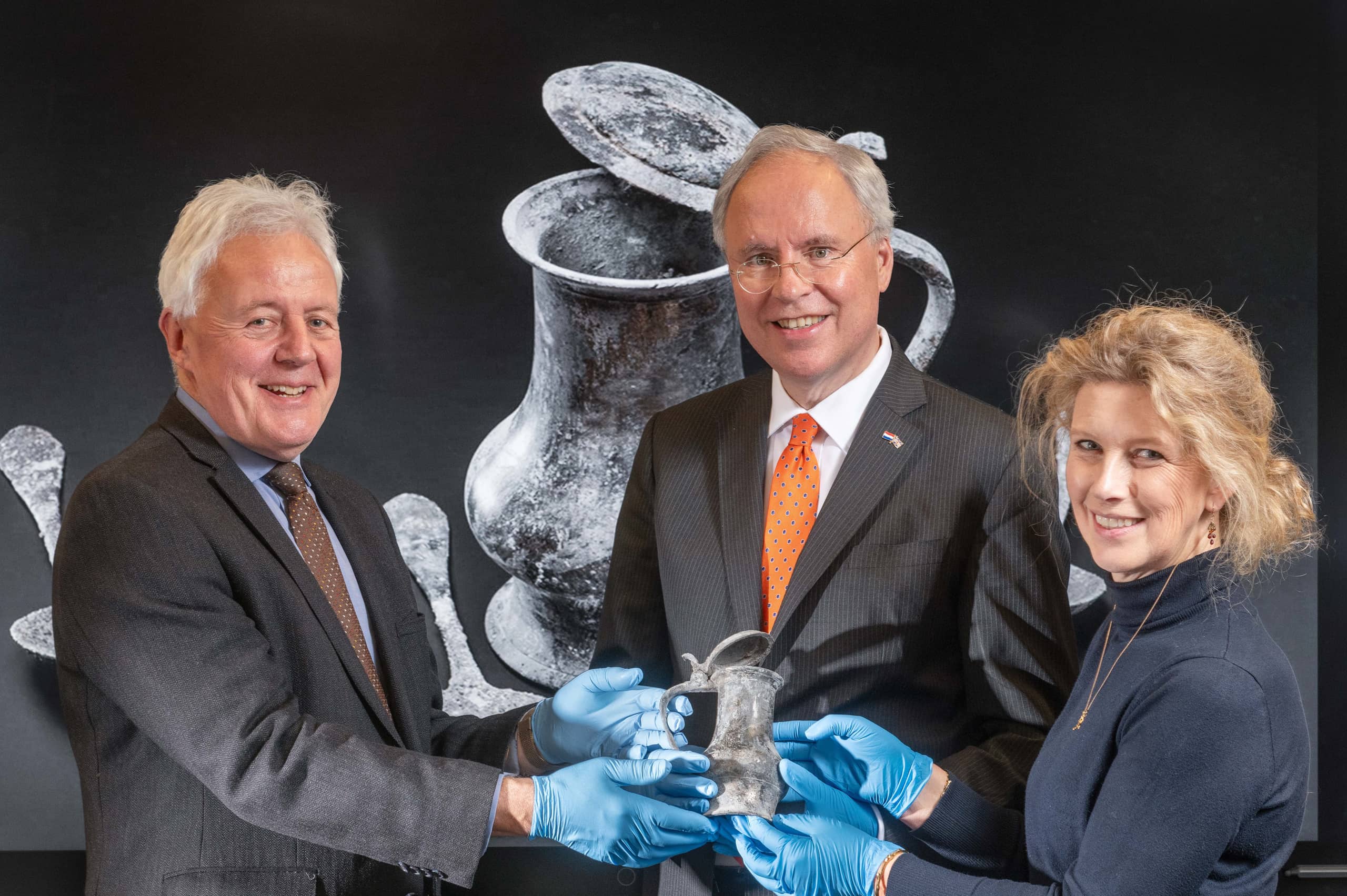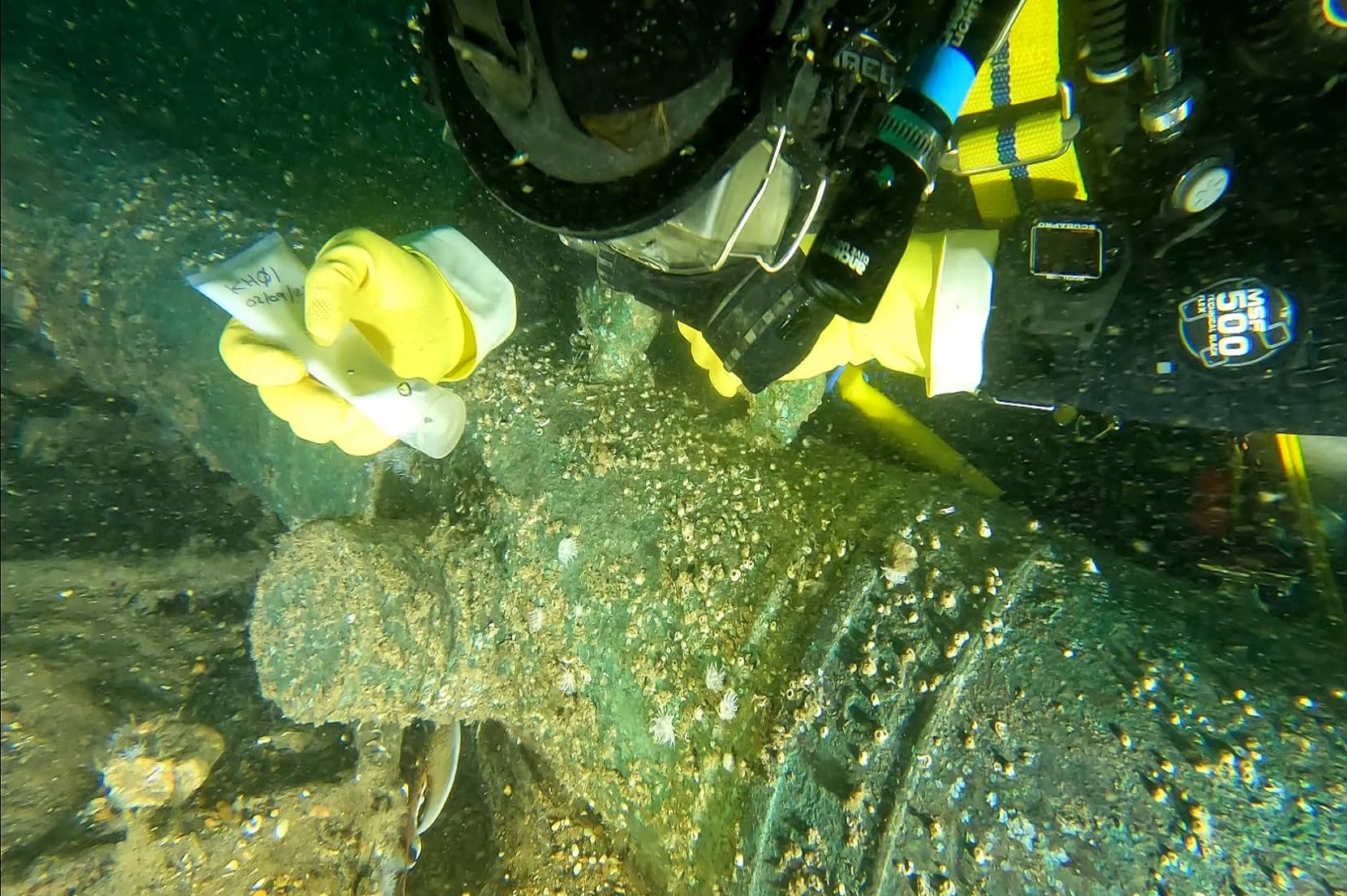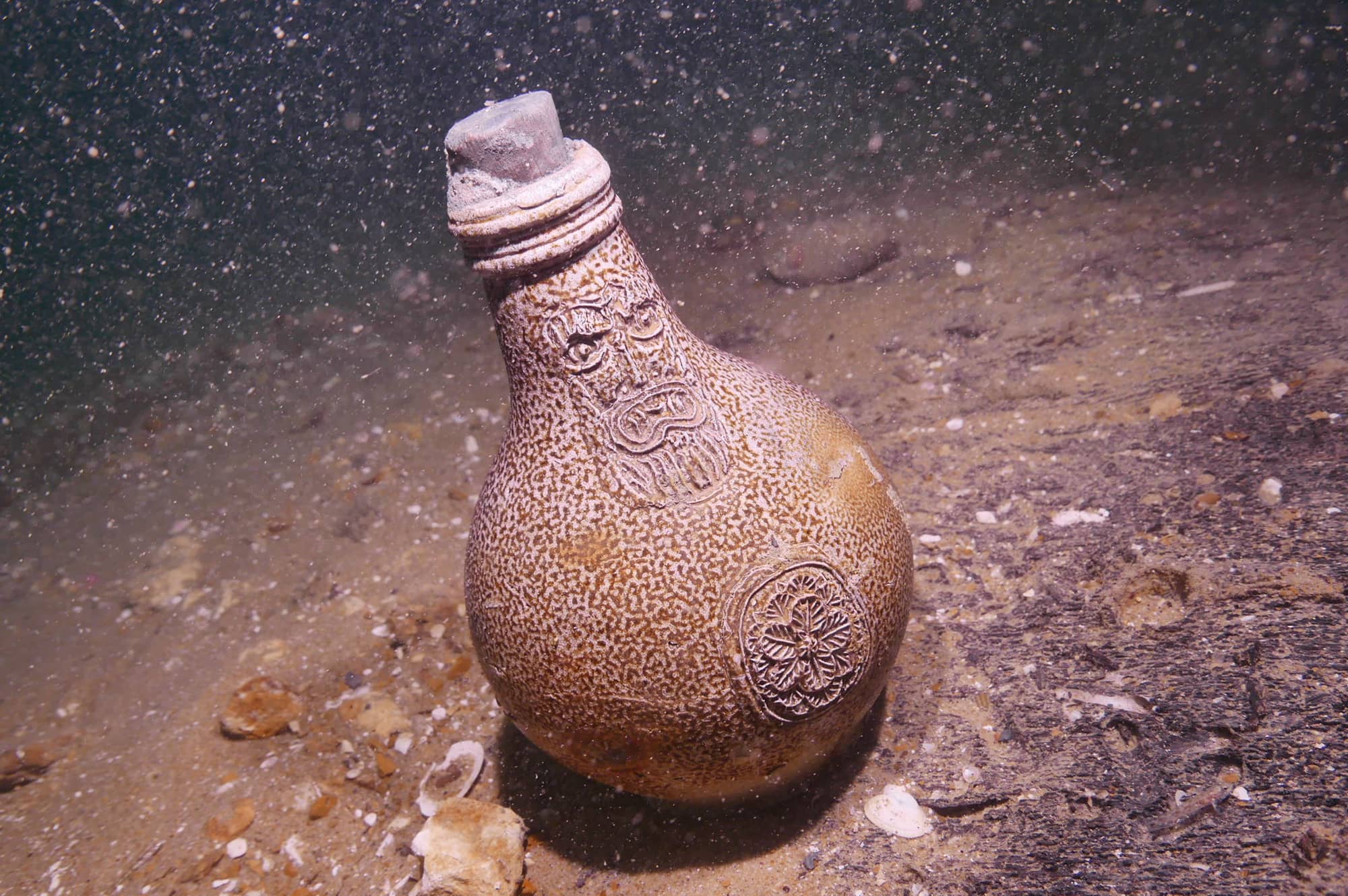Dutch ships have sailed to every corner of the globe. This has left traces of Dutch maritime heritage all over the world. An important part of this heritage includes shipwrecks. Among these are wrecks of the Dutch East India Company (VOC), the West East India Company (WIC), the Royal Netherlands Navy and the Admiralty.

Management of shipwrecks abroad
In order to preserve this maritime heritage for future generations, the Cultural Heritage Agency (RCE) researches what is valuable and what needs to be protected.
Through the International Programme for Maritime Heritage (2017-2021), the RCE has increased its efforts to achieve this. This is for example reflected in projects such as #Rooswijk1740 and Dutch presence in Cuban waters but also by developing knowledge in the field of policy and management and by focusing on international collaborations. In our final report you can read what the programme included.
In caring for maritime heritage, we work together with the Ministry of Education, Culture and Science, the Ministry of Defence, the Ministry of Foreign Affairs and the Central Government Real Estate Agency.
International Heritage Cooperation
Within the International Heritage Cooperation Programme (part of the International Cultural Policy 2021-2024), we focus on the maritime heritage that connects the Netherlands with partner countries such as Australia, Brazil and South Africa.
Maritime heritage in the Netherlands
As owner and manager of many large waters in the Netherlands and initiator of important projects for the rivers and at sea, the national government has an important role in caring for maritime heritage. Regarding maritime heritage in Dutch waters, the RCE's role includes granting permits, advising other governments and developing knowledge products. Local municipalities have an important role by taking care of maritime archaeology as well and by taking it into account in zoning plans. See our Dutch website for more information on our activities in the Netherlands.
News

Rooswijk artefacts return to the Netherlands
In November 2023, 2560 objects of the Dutch East India Company’s shipwreck Rooswijk will be returned to The Netherlands. The ...
Read more
Innovative marking technology will help protect shipwrecks such as the Klein Hollandia from heritage crime
A team of Dutch and English maritime archaeologists forensically marked objects of the Klein Hollandia (1653-1672) shipwreck in ...
Read more
Eastbourne-wreck is Dutch warship Klein Hollandia (1656-1672)
An unknown Protected Wreck off the coast of Sussex has been identified as the 17th century Dutch warship Klein Hollandia. Built ...
Read more




